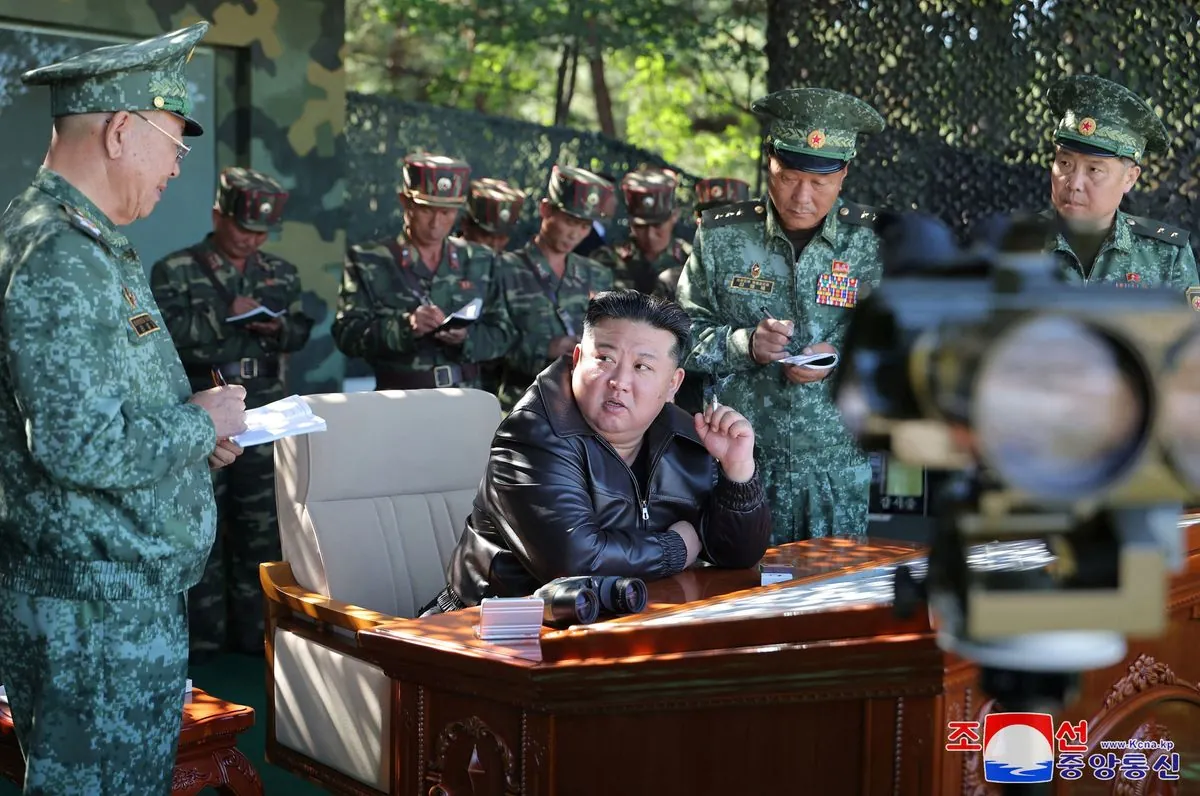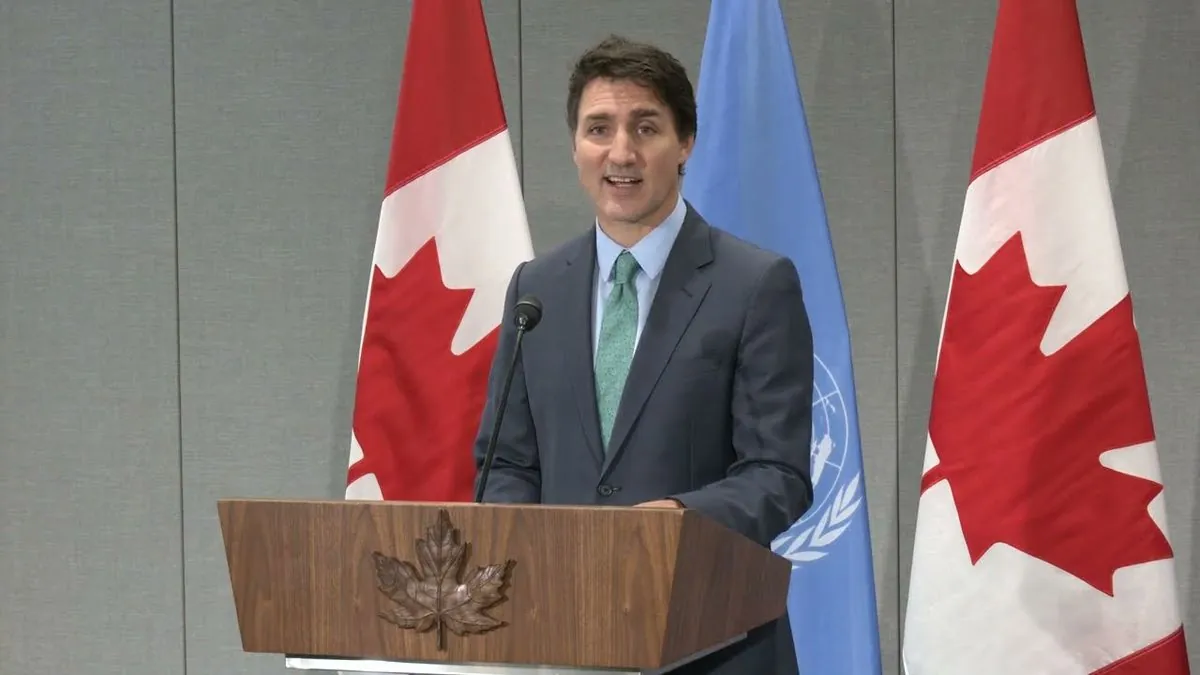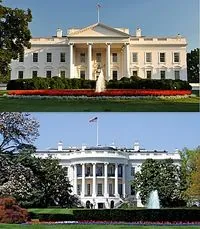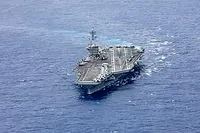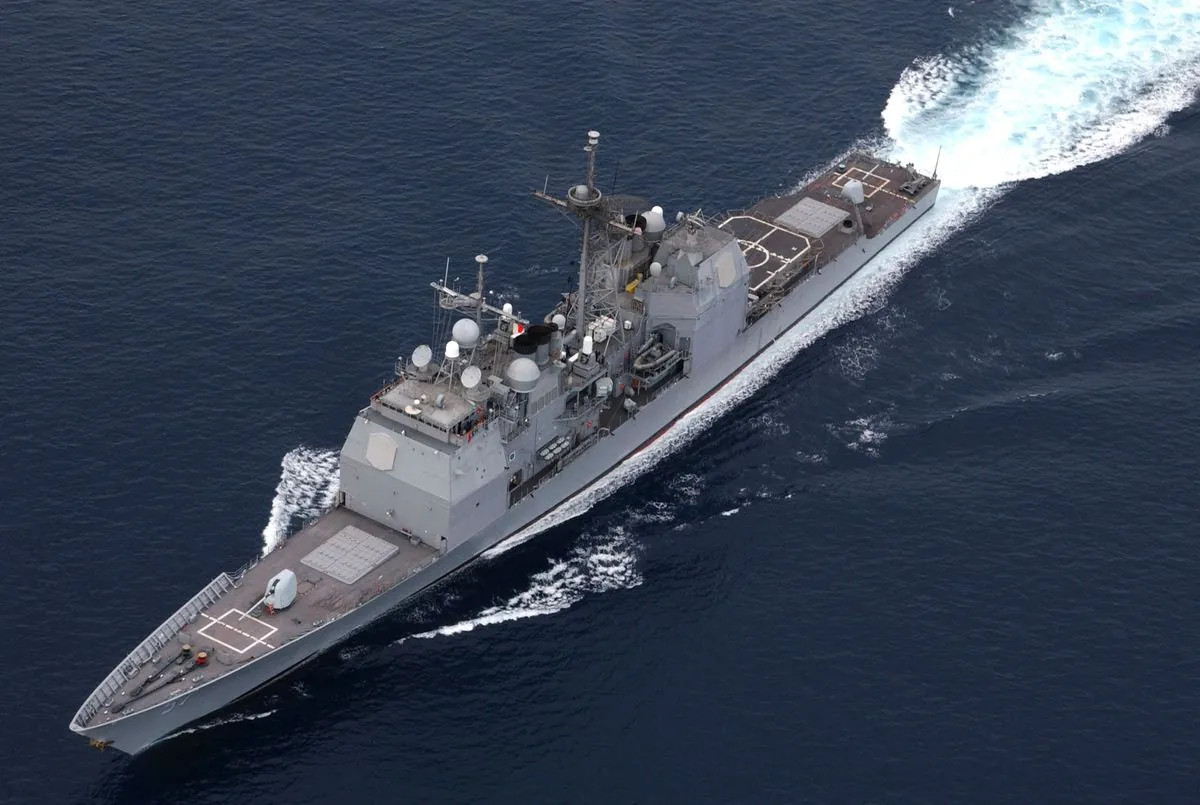Pentagon Urged to Prepare for Dual Conflict with China and North Korea
A recent report calls for the U.S. to develop strategies for simultaneous threats in multiple regions, highlighting the need to address potential conflicts with both China and North Korea concurrently.
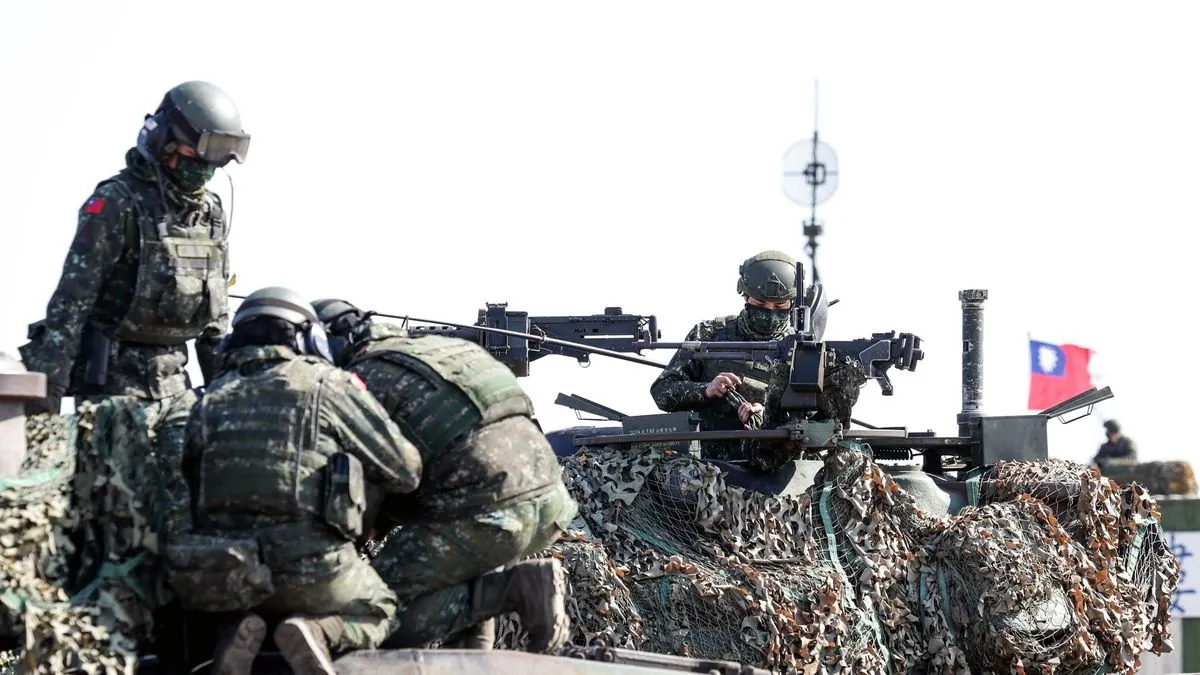
A recent report by the U.S. Commission on the National Defense Strategy has highlighted the need for the Pentagon to develop strategies addressing simultaneous threats in multiple regions. The report, released last month, emphasizes the importance of preparing for potential concurrent conflicts with China and North Korea.
The commission proposes a "Multiple Theater Force Construct" to tackle threats in the Indo-Pacific, Europe, and the Middle East. This approach is particularly crucial given the growing risk of overlapping conflicts with China and Russia, as well as the often-overlooked possibility of simultaneous warfare with China and North Korea.
The U.S. Department of Defense already considers a conflict with China as its primary "pacing" threat. However, experts warn that a U.S.-China confrontation over Taiwan would likely escalate into a region-wide conflict, potentially engulfing the Korean Peninsula.
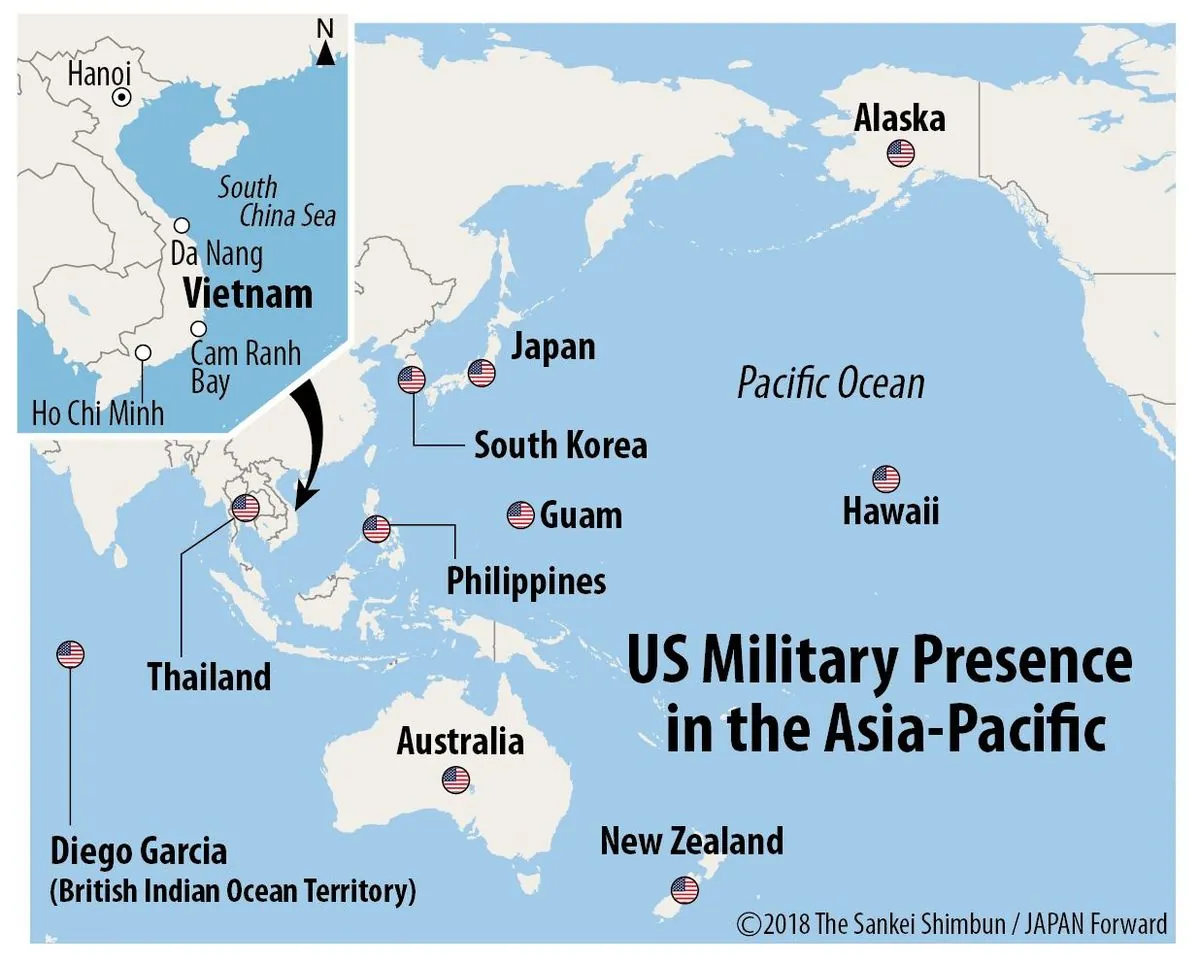
China might have strong incentives to strike U.S. bases in South Korea and encourage North Korean provocations to divert U.S. forces. Simultaneously, North Korea could seize the opportunity to settle old scores with Seoul or influence the outcome of a war that would significantly impact its security.
"The United States and its allies must update their defense strategies and postures to prepare to deter, and if necessary, win, a simultaneous war against both China and North Korea."
The article emphasizes that the current lack of preparedness for this two-front war scenario may inadvertently incentivize both Beijing and Pyongyang to exploit this vulnerability.
To address these concerns, the authors recommend several key actions:
- Openly acknowledge the need to prepare for simultaneous conflicts with China and North Korea.
- Integrate efforts between U.S. Indo-Pacific Command and the Combined Forces Command.
- South Korea should publicly declare its alliance with the U.S. will approach threats from China and North Korea as interconnected.
- Transform U.S. military headquarters in Japan to facilitate combined operations with allies.
- Engage in robust planning and military exercises with regional allies.
The article concludes by emphasizing that while no one desires a simultaneous war with China and North Korea, failing to visibly and properly prepare for this possibility increases the likelihood of its occurrence.

